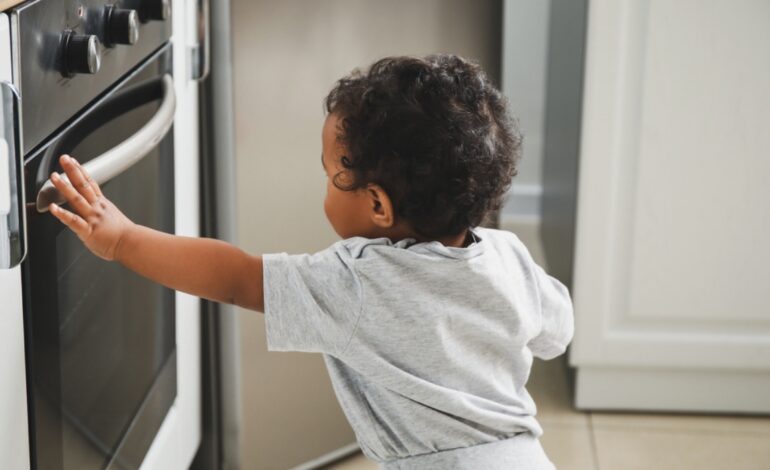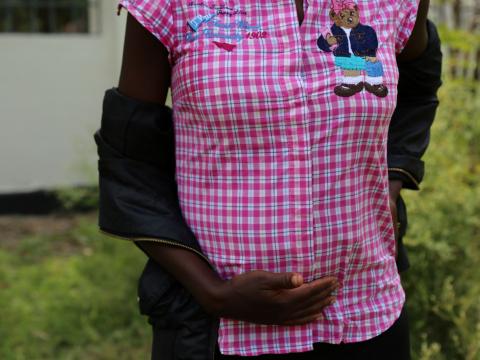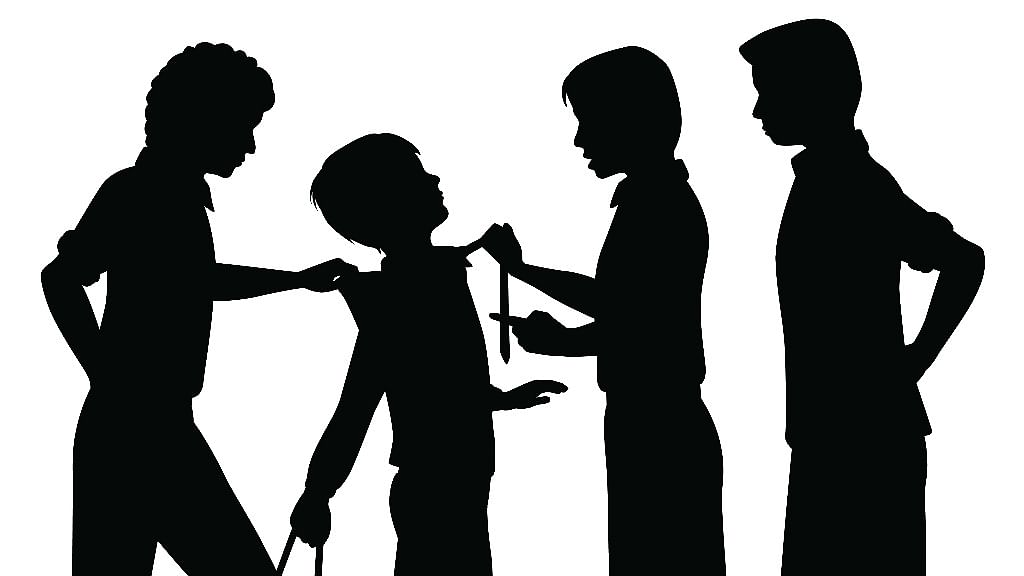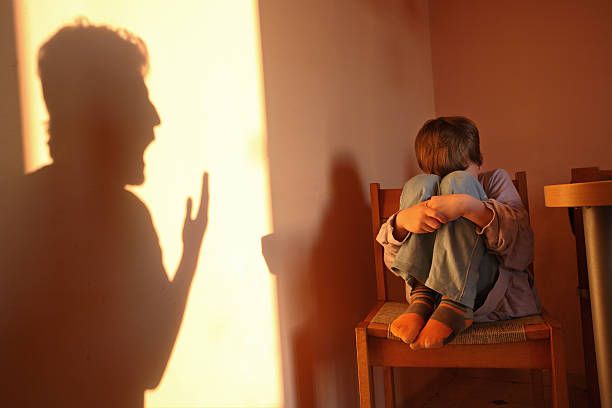As parents, ensuring our children’s safety is always a top priority, especially in the one place where they should feel safest: home. However, even in a familiar environment, accidents can still happen. From falls and burns to choking hazards, your home can present many dangers if you’re not careful. Fortunately, with a few preventive measures and safety tips, you can minimize the risk of accidents and create a safer home environment for your little ones.
The first step to making your home a safer place is childproofing. It’s a simple yet effective way to eliminate hazards. Consider installing safety gates at the top and bottom of stairs or in rooms like the kitchen where there are potential dangers. Electrical outlets should be covered with childproof covers to prevent electric shocks, as children often find their way to these points out of curiosity. Heavy furniture like bookshelves, dressers, and TVs should be anchored to the walls to prevent them from tipping over. It’s also wise to keep dangerous items like cleaning supplies, medications, and sharp objects in locked cabinets.
Supervising your child’s playtime is essential. While children love to explore, ensuring their play environment is safe will greatly reduce the risk of accidents. Always make sure that toys are age-appropriate to avoid hazards such as choking. For younger children, you can create soft play areas by placing foam mats or carpets to cushion falls. Outdoor play should be supervised as well, with age-appropriate equipment like swings and slides to ensure their safety. By staying nearby, you can react quickly if anything seems unsafe.
The kitchen can be one of the most hazardous areas in the home for children, but with a few precautions, you can reduce the risks. Always turn pot handles toward the back of the stove to avoid accidental spills or burns. Sharp objects like knives, scissors, and other kitchen utensils should be stored in locked drawers or placed in high cabinets out of reach. Tablecloths can also be dangerous if pulled, as they may cause hot food, drinks, or heavy dishes to fall. Avoid using them in areas where children play or sit.
Bathrooms also present many dangers, especially for young children. Installing non-slip mats in the shower or bathtub can help reduce the risk of slipping. Additionally, consider using toilet seat locks, especially for toddlers, to prevent the risk of accidental drowning. These small adjustments can make a big difference in bathroom safety.
One of the leading causes of injury among children is falls, but they can be easily prevented with a few adjustments. Installing window guards or locking mechanisms will prevent children from climbing or falling out of windows. If your child is transitioning from a crib to a bed, adding safety rails will ensure they don’t fall out while sleeping. Keeping floors clear of clutter such as toys, shoes, and other objects will also help prevent trips and falls, making your home a safer space for everyone.
Fire and burn prevention is another important consideration. Install smoke detectors in key areas such as the kitchen, bedrooms, and hallways, and make sure to test them regularly. Having a fire extinguisher readily available in high-risk areas like the kitchen is also essential. Store matches and lighters out of reach as these items can be dangerous, especially for curious children. Taking these precautions will reduce the risk of fire-related accidents and give you peace of mind.
Finally, one of the most effective ways to prevent accidents is by teaching your children basic safety rules. Explain the dangers of common household risks, such as touching hot surfaces, running on slippery floors, or playing near staircases. Establishing routines like cleaning up toys after play, washing hands before meals, and using utensils properly helps instill good habits from a young age. Teaching children about safety not only reduces the risk of accidents but also empowers them to take responsibility for their actions.
While it’s impossible to prevent all accidents, taking these steps can greatly reduce the risk of injuries in your home. A little preparation goes a long way in keeping your children safe and providing you with peace of mind.








